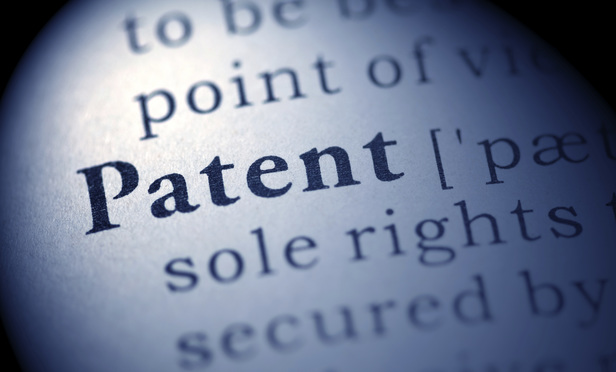As part of the effort to harmonize global patent systems, the United States introduced the provisional patent application in 1995 as part of the GATT Uruguay Round agreement. The provisional patent application has many of the same features as the U.S. Patent and Trademark Office (USPTO) disclosure document program the USPTO discontinued in early 2007. Two specific advantages of the provisional application are the issuance of an application filing date by the USPTO and the ability to identify the invention as “patent pending.” In order to take advantage of this early filing date, a nonprovisional application claim priority to the provisional application must be filed within one year of the provisional filing date. If a nonprovisional application is not filed within the one year, the early provisional filing date is lost.
A provisional application typically has a format that is much less formal than a nonprovisional application and may, but is not required to, meet the formal claim requirements of a nonprovisional application. In addition, the inventor is not required to submit an oath or declaration. As might be suspected, the more informal nature of the provisional application can mislead the drafter into forgetting or leaving out critical details that may be needed to support the claims of a nonprovisional application. Since the inception of provisional applications in June 8, 1995, the patent statute, 35 U.S.C. Section 119(e), has required the provisional application to have support for any subsequent nonprovisional claims, or the nonsupported claims will not be entitled to the earlier filing date of the provisional application.
This content has been archived. It is available through our partners, LexisNexis® and Bloomberg Law.
To view this content, please continue to their sites.
Not a Lexis Subscriber?
Subscribe Now
Not a Bloomberg Law Subscriber?
Subscribe Now
LexisNexis® and Bloomberg Law are third party online distributors of the broad collection of current and archived versions of ALM's legal news publications. LexisNexis® and Bloomberg Law customers are able to access and use ALM's content, including content from the National Law Journal, The American Lawyer, Legaltech News, The New York Law Journal, and Corporate Counsel, as well as other sources of legal information.
For questions call 1-877-256-2472 or contact us at [email protected]



